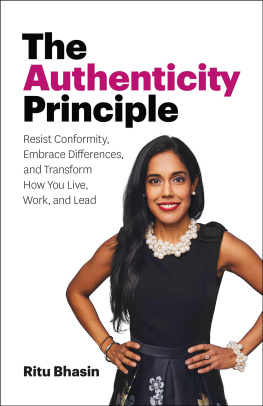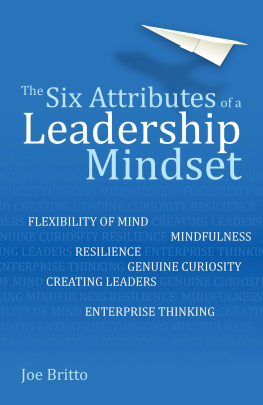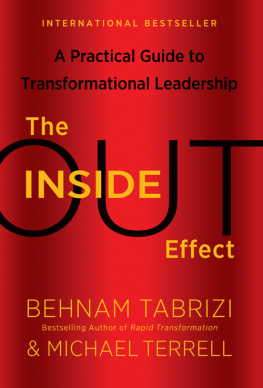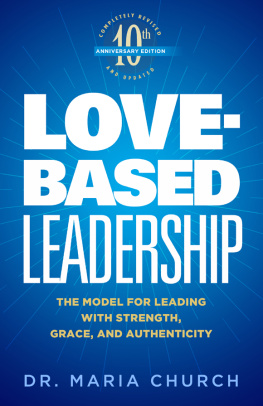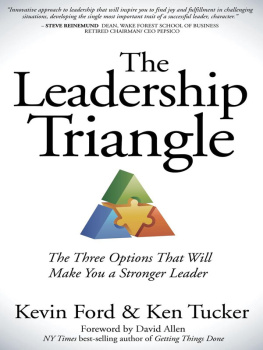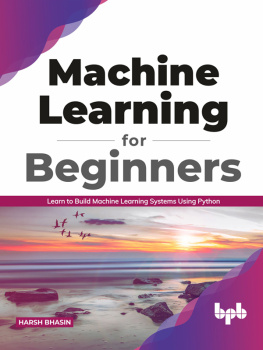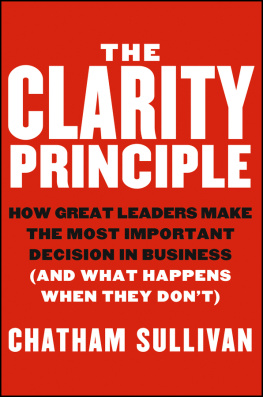Introduction
Those who hear not the music think the dancers mad.
UNKNOWN
I RECALL THE first time I was made to feel inferior because I was different from the people around me. I was about five years old and playing with a small group of White girls. We were playing tea time with my tea setpicture a Royal Doultontype white-and-blue flowered plastic tea set. One of the girls asked me why one side of my hands was white and the other side was brown. As the only little Brown girl in the group, I looked down at my hands and said, I dont know.
I remember the girls telling me that because only one side was white, because I wasnt like them, they were going to put dirt into my cup and they wanted me to drink dirt-water as tea. So I did. Out of my own tea set.
This is just the first in a long string of memories that I have from my childhood and teenage years of being bombarded with messages that something was wrong with methat I was less thanbecause of what made me different.
I was born in Toronto to parents who immigrated to Canada in the early 1970s from India, leaving behind their upper-class lifestyle to start at the bottom in a new country. As practicing Sikhs, my father wears a turban to cover his unshorn hair, and my mother also has long, uncut hair. My parents chose to raise my siblings and me in an affluent, primarily White suburb. It was a financial stretch for them, but they wanted us to flourish and they believed that, as Canadian-born Brown kids growing up with wealthier White kids, wed have access to better education, build better networks, and move up the social ladder.
Our parents wanted us to be part of both Punjabi and Canadian culture, and they raised us with a strict code around the right ways of speaking, emoting, dressing, eating, addressing conflict, and more. It was a challenging, nuanced, and confusing code to adhere to. I often felt caught in a mishmash of cultural identitiesPunjabi/Sikh, British-influenced Indian, and Canadianand my naturally gregarious, energetic, and feisty ways didnt mesh particularly well with any of these cultures.
Growing up as one of a few children of color in a homogeneous suburb, I also struggled with my identity among my peers. I felt different because I was different: I had a long black braid that reached well past my waist. My clothes were clean and neat but werent the designer brands the rich kids wore. I was stick-thin and had a unibrow, hairy arms and legs, an overbite, thick glasses, and acne. I brought chicken curry and basmati rice to school for lunch, not the fake cheese dip that came with crackers and a red stick that my peers ate and I coveted. I wasnt allowed to do the things my White peers did, like go on sleepovers and hang out with boys. And, to top it off, I excelled in academics and was often the teachers pet.
I was relentlessly bullied by my peers and supposed friends. I experienced the I Hate Ritu club, Ritu, the Curry Queen drawings, comments about my towel-rag-wearing father, and incessant questions about why my clothes/shoes/house/car werent nicer, not to mention the non-stop racist insults, teasing, and harassment. It wasnt just that I felt different; it was that because of my differences, I was made to feel unwanted, unworthy, and unlovable.
I internalized the hostility and racism I experienced, and I started to believe that there was something wrong with being Brown. I desperately wanted to fit in and so, during my high school years, I convinced my parents to let me cut my hair to shoulder-length, and at times I even had it dyed a frightening orange-ish. I alternated between wearing green and blue contact lenses, almost changed my name to a White name (this book would have been written by Carise Bhasin), and got a job at a fashionable clothing store, which dramatically upped my wardrobe and image. I also got braces, cleared up the acne, shed the body fur, and filled out. When invited by friends, I went to cottages (lovely), tried to learn how to golf (boring) and to ski (dangerous), and watched so much hockey my eyes hurt (never again). I had multiple crushes on White boys and when one finally liked me, I dated him for years even though I was unhappy, worried that it would be hard to find someone else to date me. In all of these ways I was performing and, in doing so, I was attempting to signal to my peers that I may not be affluent or White but that I could try to act it.
In using the term performing, I mean the negative or harmful sense of the word: acting in a way that we wish we didnt have to and that feels disempowering. As children, most of us are taught to create a Performing Selfa self that alters, masks, cloaks, and minimizes our behavioral preferences, desires, spirit, and differences in order to be accepted by our loved ones, peers, colleagues, and society as a whole. But performing is an unfulfilling and unhealthy way of living. When we unwillingly change our behavior based on what others think about or expect from us, we give away our power, because others then control our happiness.
The more I performed by showing up the way my parents and peers wanted me to, the more I was incentivized to do so because in return I perceived that I was receiving love, validation, and a sense of belonging. I also came to see that when I stepped outside of expected behaviors, not only would I be judged by others, but this love, validation, and sense of belonging could be taken away. I consistently received messages to alter and mask my behavioral preferences and I lived in constant fear that I would be found out. So, while I became a master at conforming and masking, I was unhappy. I desperately wanted to march to the beat of my own drum, but instead I was both confused about and hiding my true selfmy Authentic Self.
As adults, we are projections of what weve experienced as children. If we grew up internalizing that theres something wrong with us or that we need to conform or mask who we are in order to receive love and acceptance, when were older, the adverse effects will show up in how we live, love, play, work, and lead. Worn out from the unhealthy messages and ways of being that weve internalized, some of us will eventually choose to do self-work so that we can be happier, healthier, and more tapped into our potential. This self-work forms the basis of what I call the Authenticity Principle: a framework for resisting conformity, embracing differences, and transforming our lives.
I continued to perform by masking many aspects of who I am, well into my adulthood before I realized how lost I was. I navigated law school and the legal profession (a homogeneous and conforming world) for over ten years by curating an image of being happy as a lawyer and then as a director at a law firmI am flawless, I am so confident, I am just like youwhich I used to hide my fears about being an outsider and to shield against judgments. My Performing Self also showed up constantly in my friendships and romantic relationships, pushing me further away from how I really wanted to live.
On the surface, things may have seemed peachyI was successful, well-liked by my colleagues, and socially integrated within elite circles, with lots of friends and romantic interests. But I was hurting inside. I felt spiritually vacant, disconnected from myself, deflated about my differences, and exhausted from performing. As an adult responsible for her own happiness, I was aching for a better sense of who I really was and for the ability and confidence to radiate it.
As Ill share throughout the book, a confluence of experiences ten years ago pushed me to make a commitment to be honest with myself about myself, which then led to a series of positive life changes: I made the decision to leave the legal profession and the world of being an employee to start my own leadership and inclusion consulting practice, which I love. I shed relationships that werent serving me any longer and I developed new ones with people who know me and love me for who I really am. I drew boundaries and started to speak my truth more openly with family members, accepting the negative consequences even when painful.

